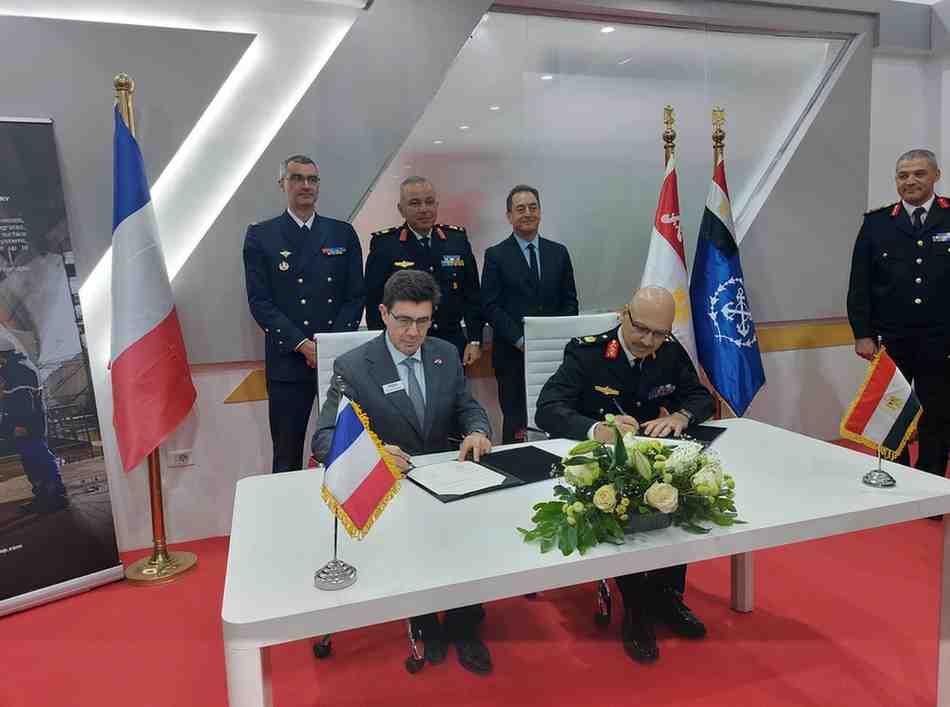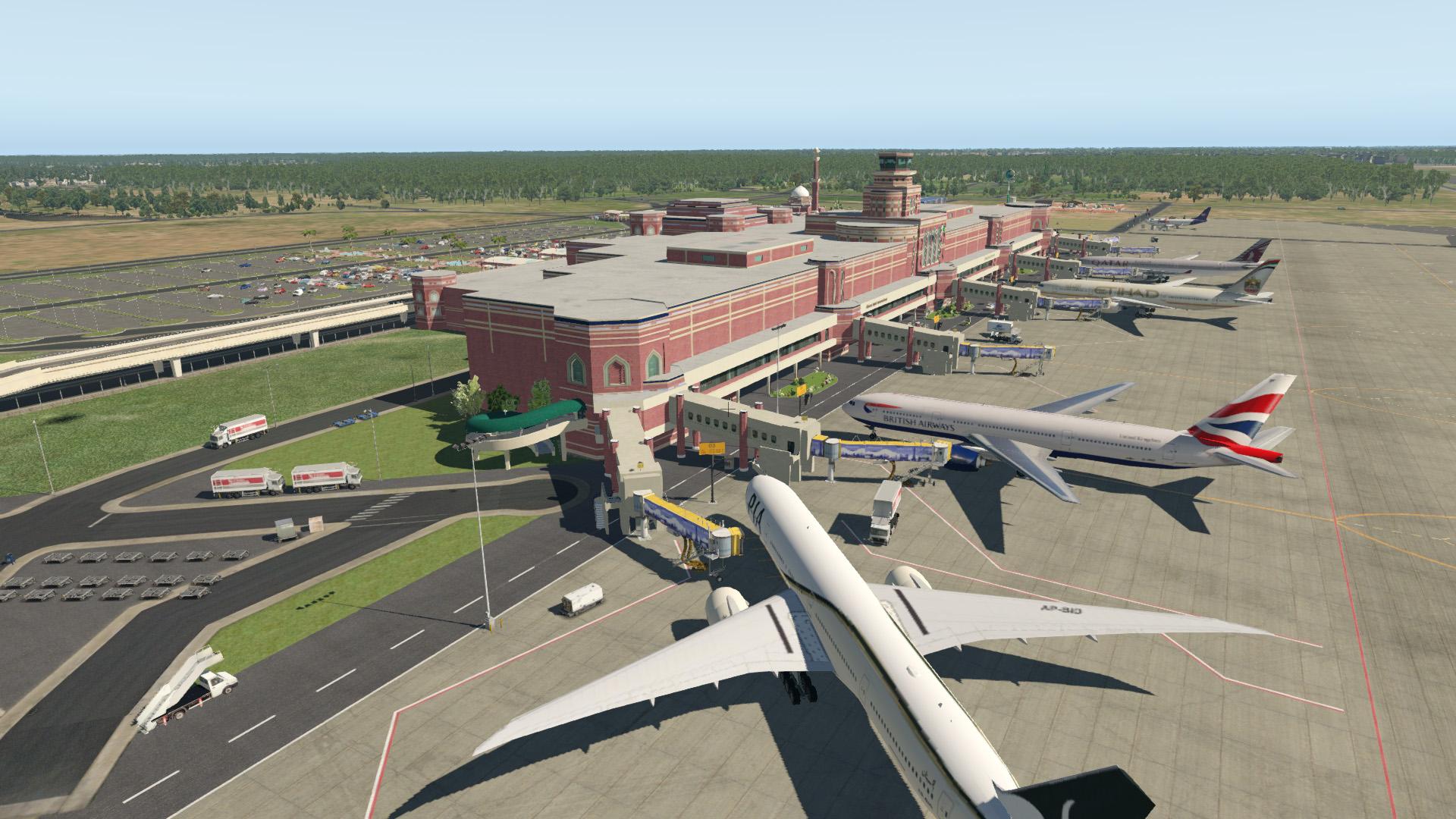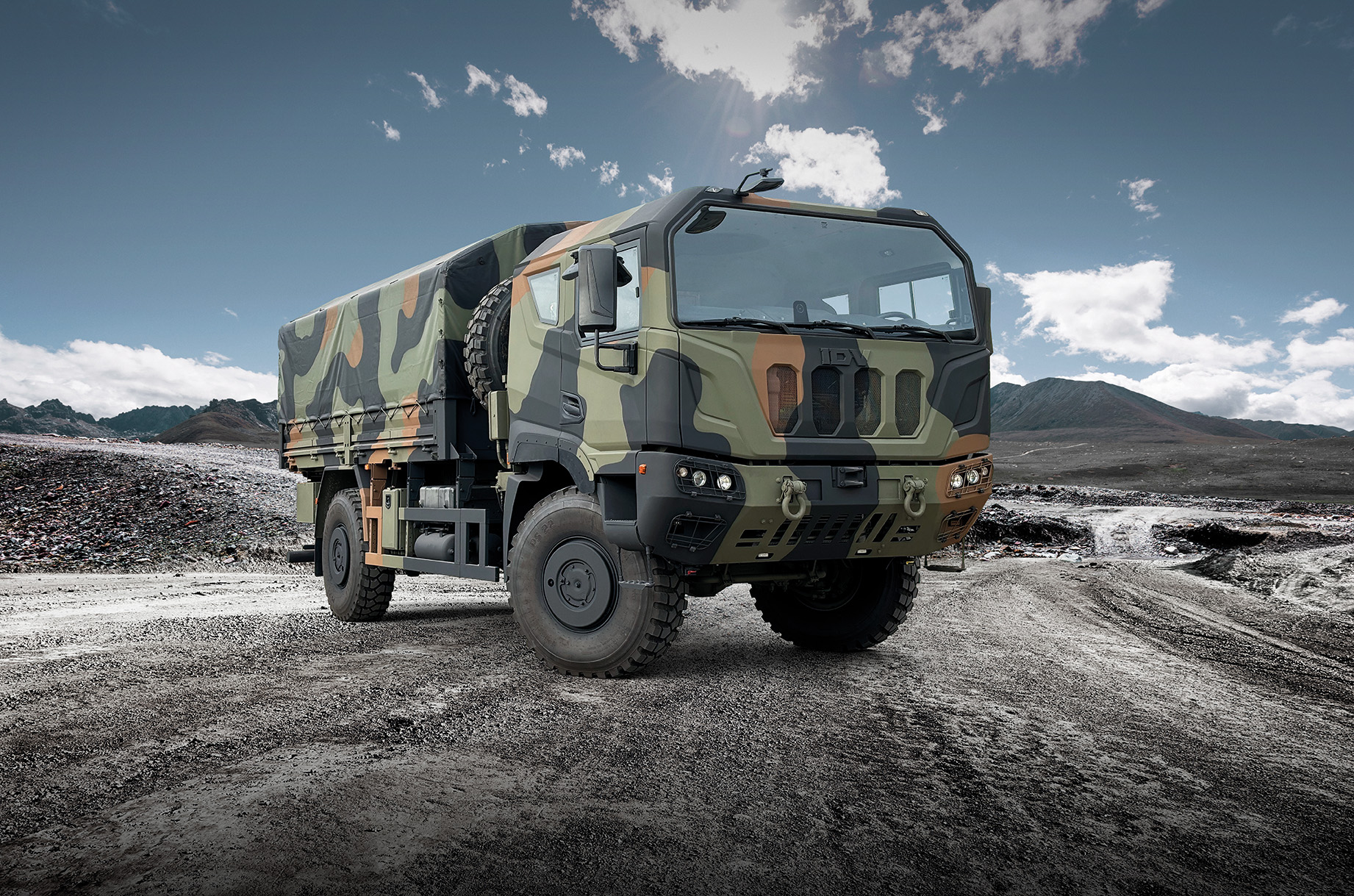Thales has received a Letter of Award (LOA) from the Malaysian government to supply two additional Ground Master 400 Alpha radars. These GM400α long-range air surveillance radarsr reinforce the nation’s airspace monitoring capabilities. The announcement was made during Malaysian Prime Minister Datuk Seri Anwar bin Ibrahim’s recent state visit to France.
This procurement increases Malaysia’s GM400α radar fleet to four units, reaffirming the Royal Malaysian Air Force’s (RMAF) trust in Thales’ advanced radar technology.
Table of Contents
ToggleEnhancing National Airspace Security
Designed for high-performance detection and mobility, the GM400 Alpha radar offers a range of up to 515 km and can detect a wide spectrum of aerial threats. From fast jets and ballistic missiles to low-flying drones and helicopters, the radar is engineered to provide a Recognized Air Picture (RAP) in complex terrain and high-threat environments.
The GM400α is currently in service with over 20 countries and is part of a globally deployed family of 270+ Ground Master radars.
“This award is a recognition of Thales’ unparalleled radar expertise,” said Hervé Dammann, Executive Vice-President, Land and Air Systems at Thales. “We are delighted to commemorate this achievement during Prime Minister Anwar’s visit, marking strong bilateral ties between France and Malaysia.”
Local Partnership and Technology Transfer
To support national defense goals and strengthen industrial capabilities, Thales will collaborate with Malaysian firm Weststar Group for installation and deployment. The radars will be stationed across Peninsular and Eastern Malaysia, tailored to operational needs of the RMAF.
Thales also confirmed the inclusion of Industrial Cooperation Programmes (ICPs) that involve long-term maintenance support, on-ground training, and technology transfer to develop local radar expertise.
This partnership not only supports radar operations but also aligns with Malaysia’s broader ambitions in AI, space, and cybersecurity.
Future-Ready, Combat-Proven System
The GM400 Alpha radar incorporates GaN (Gallium Nitride) technology, enabling improved range, power efficiency, and simultaneous tracking of multiple targets, even those flying at low altitudes or hidden by terrain.
Its tactical mobility and ease of integration with existing defense systems make it a valuable asset for air defense modernization.
With this new order, Malaysia continues to evolve its air sovereignty strategy, ensuring faster response times and stronger national defense posture in an increasingly contested Indo-Pacific region.
Javeria Sajid is an Aerospace Engineering student from NUST with a background in technology and a sharp focus on the global political landscape and defence innovation. She writes to make complex defence technologies understandable, and aspires to bridge journalism, policy, and engineering in her work.
- Javeria Sajidhttps://defensetalks.com/author/javeria-sajid/
- Javeria Sajidhttps://defensetalks.com/author/javeria-sajid/
- Javeria Sajidhttps://defensetalks.com/author/javeria-sajid/
- Javeria Sajidhttps://defensetalks.com/author/javeria-sajid/












